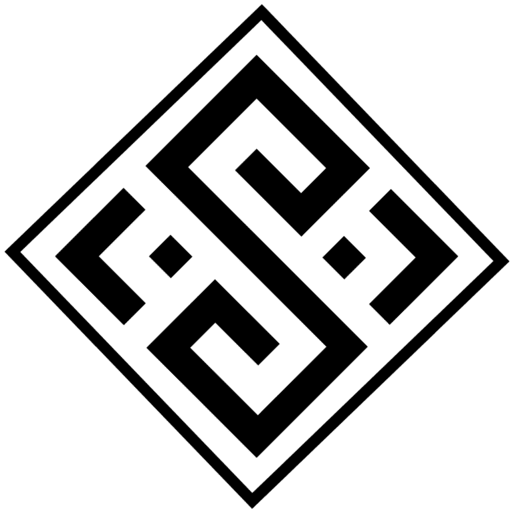It can be said that among the main features of the hand-woven Moud rug, its strength and special feature have been in its coloration. In the past, only natural plant-based dyes were used in the carpets of this village. However, the weavers of this region would even dye the wool taken from the back of the sheep themselves to increase the transparency of the colors of their carpets. This also led to the recognition of the carpets of this region.
The rugs woven in the city of Moud are woven using Persian knots on vertical looms, and some of the rug patterns in Moud consist only of two parts, the top and bottom.
The primary materials used for weaving Moud rugs are wool and cotton. Sheep wool is used for the pile of the carpet, and twisted cotton fibers are used for the warp and weft. However, it is sometimes rare to see silk being used for weaving some special orders of this region’s carpets.
The knot count of Moud hand-woven rugs ranges from 30 to 45, and this diversity in density has made it possible for buyers of these rugs to choose their own suitable design based on their budget.
Common Moud Rug Designs An interesting fact that you need to know about the hand-woven Moud rug patterns is that the “Mahi Dar Meshki” pattern, which is known as the Moud pattern in the global market, has never been woven in this village or the surrounding villages of Moud. This pattern is woven in other areas of Birjand city. 🙂
The common designs woven in the city of Moud are as follows:
Brick pattern: In this pattern, you will not see any signs of a rosette or toranj in the Moud hand-woven rug. This pattern is made up of colorful squares that contain various flower, fish, tree, and other designs. This pattern is also known as “Chahar Fasl” or “Bakhtiari” in some regions. Sadi pattern: This pattern can be introduced as the authentic Moud pattern. It is made up of hexagonal shapes that are connected to each other to create a diamond shape in the middle. The diamond shape is usually decorated with floral designs, and the surrounding shapes are adorned with various animal and plant designs.
